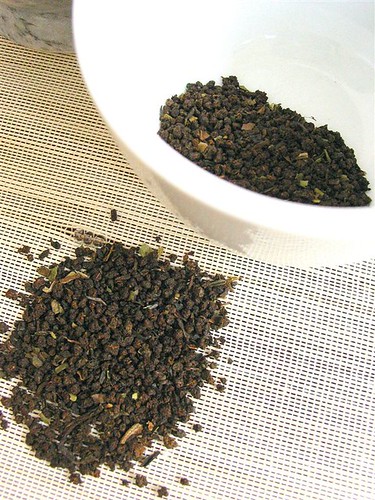Cast iron cookware is some of the best and most popular out there. It is definitely from an older school of design and use, but that definitely does not make it inferior to more recent models! It has long been a favorite choice of many groups, from long time housewives and mothers to independent chefs to serious campers and hikers.
Many people swear that food tests better out of this type of pan than any substitute. Cooking with cast iron is not held to just one group, either. Some of the dishes that are most commonly pointed to as being best out of cast iron include everything from Cajun seafood to Mexican style fajitas to any type of breakfast food. Even cornbread! Such a variety shows what can be done with this cookware.
Cast iron is popular for many different reasons. Unlike say stainless steel, it is an ideal heat conductor and will almost always heat evenly and consistently. It is relatively cheap in comparison with many other types of cookware, and with proper care can last multiple generations, a claim many other types of cookware cannot make.
It is easy to learn to use cast iron, and since you should preheat your cookware before using, you even get a head start on dinner preparation. One of the most popular methods of checking to know if the pan is ready is to drop a few (not many) drops of water on the pan. If the drops sizzle, then the pan is ready. If it disappears instantly, then you need to cool the pan down a little.
One important note: do not pour large amounts of cold liquid into a hot pan, since this is the one thing that can cause the cast iron to break.
Proper care of cast iron is most often referred to as "seasoning." This type of pan is unusual in that it is not supposed to be scrubbed often. Seasoning, instead, is when you embed oil and grease into the pores of the iron cookware, which prevents rust.
Seasoning is done by warming the pot or skillet, then rubbing a thin layer of shortening or corn oil all over the surface of the pan, inside and out. Afterward, lay the pot or skillet upside down inside a 350-degree oven. Most suggest one hour, while some other manufactures suggest as many as 4-5. The shortening will turn in to a non-sticky, hard coating. Allow the pan to cool overnight.
Cast iron retains heat effectively; so make sure to allow plenty of time to cool so you don't burn your hands. Seasoning should be repeated after each use of the cookware. As one downside: be wary of using acidic foods, which can deteriorate the seasoning, which makes the pan itself more vulnerable to rust and damage.
Wash cast iron in hot water only, and dry. Seasoning is always important, and you don't want to scrub unless absolutely necessary, because scrubbing will take away the layer of shortening that protects the pots from rust. If you have to scrub, then make sure you season the pan afterwards to repair its protective coat. Drying over heat is also important. It can be dried over an oven burner turned on low.
While the maintenance of cast iron may seem daunting, it is actually easy, and the high quality of food, affordability of pans, and ability to pass the cookware from generation to generation makes it a tough choice to beat.

